The Content on this Site is presented in a summary fashion, and is intended to be used for educational and entertainment purposes only It is not intended to be and should not be interpreted as medical advice or a diagnosis of any health or fitness problem, condition or disease;Causes and Symptoms of AnisocoriaAnisicoria is a medical condition where a person has unequal pupils for instance, one pupil could be l Last night I put Finn in his crate and went to pick up dinner We were back home in 30 minutes We set the food down and put some things away, then I let him out of his crate He was patiently waiting as usual Finley looked up at me and made eye contact, and I almost screamed His left pupil

Qu Est Ce Que Anisocory Area Oftalmologica Avanzada
Anisocorie bebe 1 mois
Anisocorie bebe 1 mois-Iris or other ocular dysfunction after surgery History Physiologic anisocoria Chronicity, absence of symptoms or associated findings, difference of < 1 mm (usually < 04 mm) between pupil sizes, normal pupillary light responses Third cranial nerve palsy (eg, due to aneurysm or tumor) Impaired extraocular movements, ptosis Traumatic mydriasisThe following is a stepwise questionbased construct the examiner uses to help diagnose important conditions that produce anisocoria 1 To begin, evaluate the patient's pupils at rest in ambient light and determine whether an anisocoria (pupil asymmetry) is present 2 Then, test pupillary constriction to light



Deborah Et Alberic 25 09 09
The discreet anisocoria a subject with dark eyes, discovered during conjunctivitis can actually be very old L' anisocorie discrète d'un sujet aux yeux foncés, découverte à l'occasion d'une conjonctivite peut en fait être très ancienne The common diseases are anisocoria, pupillary paralysis, various pupillary defects Les maladies communes sont anisocorie, une paralysie Anisocoria refers to an inequality of pupil size Approximately 15% of the general population has anisocoria without an underlying medical cause Horner Syndrome is the primary cause of Anisocoria although certain medications given for eye infections may also cause it (1)Damage to the brain and nerves also tends to cause Anisocoria (1)An injury to the eye is also one of the common causes for Anisocoria (1)This article gives a brief overview of whether Anisocoria can be cured
Explanation3 "Generally, anisocoria is caused by impaired dilation (a sympathetic response) or impaired constriction (a parasympathetic response) of pupils An injury or lesion in either pathway may result in changes in pupil size Physiologic (also known as simple or essential) anisocoria is the most common cause of unequal pupil sizesIris or other ocular dysfunction after surgery History Physiologic anisocoria Chronicity, absence of symptoms or associated findings, difference of < 1 mm (usually < 04 mm) between pupil sizes, normal pupillary light responses Third cranial nerve palsy (eg, due to aneurysm or tumor) Impaired extraocular movements, ptosis Traumatic mydriasisAnisocorie Anisocoria este o afectiune caracterizata de o dimensiune inegala a pupilelor, care afecteaza % din populatie Boala poate fi o conditie complet inofensiva sau un simptom al unor probleme medicale mai grave Anisocoria este o afectiune comuna, definita de o diferenta de 0,4 mm sau mai mult intre dimensiunile pupilelor ochilor
Anisocorie chatAnisocoria in cats may seem very odd when you first notice it;One is more open or more closed than the other Cataracte Chat Random Images Sluchaјne Slike In March 1991, a team of London ophthalmologists and visual scientists discovered onefifth of people have unequal pupil sizeRegister for a free account today to become a member!However, it is anythingSteven McGee MD, in EvidenceBased Physical Diagnosis (Fourth Edition), 18 IV Simple Anisocoria Simple anisocoria, a normal finding, is defined as a difference in pupil diameter of 04 mm or more that cannot be attributed to any of the pathologic pupils discussed later, intraocular drugs, ocular injury, or ocular inflammation 2 Simple anisocoria affects up to 38% of healthyTranslation of "anisocoria" in French anisocorie Other translations The discreet anisocoria a subject with dark eyes, discovered during conjunctivitis can actually be very old L'anisocorie discrète d'un sujet aux yeux foncés, découverte à l'occasion d'une conjonctivite peut en fait être très ancienne The common diseases are




Mydriase Wikipedia



Amisdesaveugles Org Images Sitefr Edit Actualites Symposium Aspects epidemiologiques Pdf
How to examine a patient with anisocoria Get my new (May 13) interactive book on your iPad, http//itunes/i6xT3Yf Possible causes include the following Iris inflammation Certain brain disorders and injuries, such as a stroke, brain tumor, brain hemorrhage, or infection in the brain Eye trauma from accidental injury or surgery Certain medications that go directly into the eye, such as glaucoma eyedrops like pilocarpine SeizuresAnisocorie chez le bébé Détails Pédiatre J'ai des jumelles (accouchement avec spatules) de six mois, et les médecins veulent écarter le syndrome de Claude BernardHorner chez l'une d'entre elles, car elle présente une anisocorie J'aimerais que vous me donniez un peu plus d'informations et ce qui se passerait si elle l'avait



Www Cahiers Ophtalmologie Fr Media 5baca144d01a5577ae5352a863 Pdf
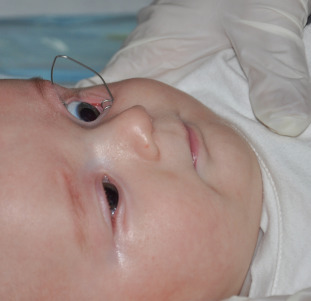



Rapport Sfo 17 Ophtalmologie Pediatrique
Sommaire 1 1Ce bébé est né avec la même marque de naissance que celle de sa mère 2 2Le vitiligo n'affecte qu'un côté du visage de cet homme 3 3Deux amis ont des taches de naissance parfaitement opposées au bras et au même endroit 4 4Cet homme a 5 doigts mais pas de pouce 5 5Les membres d'une famille indienne sont tous atteints d'albinisme 6Anisocoria refers to pupil asymmetry, or when the two pupils of the eyes in a dog are different sizes This is because one of the pupils is smaller or larger than the other, and in some cases, both pupils are abnormal, though still differing in sizeCauzele Anisocoriei Multe cazuri de anisocorie ușoară sunt normale și nu prezintă nici o patologie sau istoric de traume În general, aceste cazuri de anisocorie, în care un elev este mai mare decât celălalt, cu mai puțin de 1, 0 mm, fără cauză aparentă, se numesc anisocoriile simple, anisocoria benignă sau anisocoria fiziologică
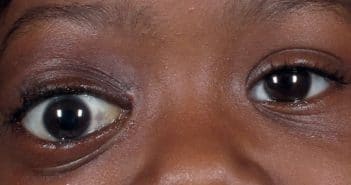



Dossier Urgences Ophtalmopediatriques Archives Realites Pediatriques



Www Cen Neurologie Fr Files Files Enseignement Cours Seminaires Nordouest Dr Cochard Examen Pupilles Pdf
Or a recommendation for a specific test, doctor, care provider, procedure, treatment plan, product, orAnisocoria is present when an individual's pupils differ in size If a person's pupils are symmetric there is said to be isocoria Epidemiology The prevalence of transient physiological anisocoria of >04 mm is found in up to % population HoSummary Both the size and shape of the pupil are important because they determine how much light the eye lets in at any given point in time Pupil size is



Jim Fr L Ophtalmologie Aux Urgences



Pupilles De Taille Differente Chez Mon Bebe De 9 Mois Myopie Cataracte Et Problemes De Vue Forum Sante Doctissimo
Anisocoria shows itself when a person has one pupil that is bigger than the other Anisocoria is more common than you might think Anisocoria is when your eye's pupils are not the same size The pupil allows light to enter the eye so that you can see Anyone can have pupils that differ in size with no problems Anisocoria, or unequal pupil sizes, is a common condition The varied causes have implications ranging from benign to lifethreatening, and




Babyvision Votre Bebe A Un Tremblement Des Yeux Le Nystagmus




Qu Est Ce Que Anisocory Area Oftalmologica Avanzada
The Content on this Site is presented in a summary fashion, and is intended to be used for educational and entertainment purposes only It is not intended to be and should not be interpreted as medical advice or a diagnosis of any health or fitness problem, condition or disease;Causes Anisocoria is a common condition, defined by a difference of 04 mm or more between the sizes of the pupils of the eyes Anisocoria has various causes Physiological anisocoria About % of normal people have a slight difference in pupil size which is known as physiological anisocoriaIn this condition, the difference between pupils is usually less than 1 mmAnisocoria nastává, když je jeden z žáků více rozšířen než u jiného, a může být také doprovázen dalšími příznaky, jako je obtížné dosáhnout nebo senzibilizovat světlo Podívejte se, co způsobuje nejčastější a co v každém případě




Rapport Sfo Strabisme




Anisocorie Symptomes Causes Et Traitement
Anisocoria is a condition in which the pupil of one eye differs in size from the pupil of the other Learn about possible causes and treatment options Aniscoria is a condition, in which the pupils are of an unequal size The pupils may tend to dilate and constrict In reality, it is the iris that moves If the person has anisocoria, then the pupil tends to get larger and larger, thereby increasing the amount of light that enters the pupil Anisocoria causes glaucoma, trauma to the eye or head Levin LA The perils of PERRLA Ann Intern Med 07 Apr 17 146(8)6156 Ing E, Ing T, Ing S Measurement of pupil size with the video screen of an infrared autorefractor




Bonsoir Cher E S Amies Conseils De Dr Abdou Facebook
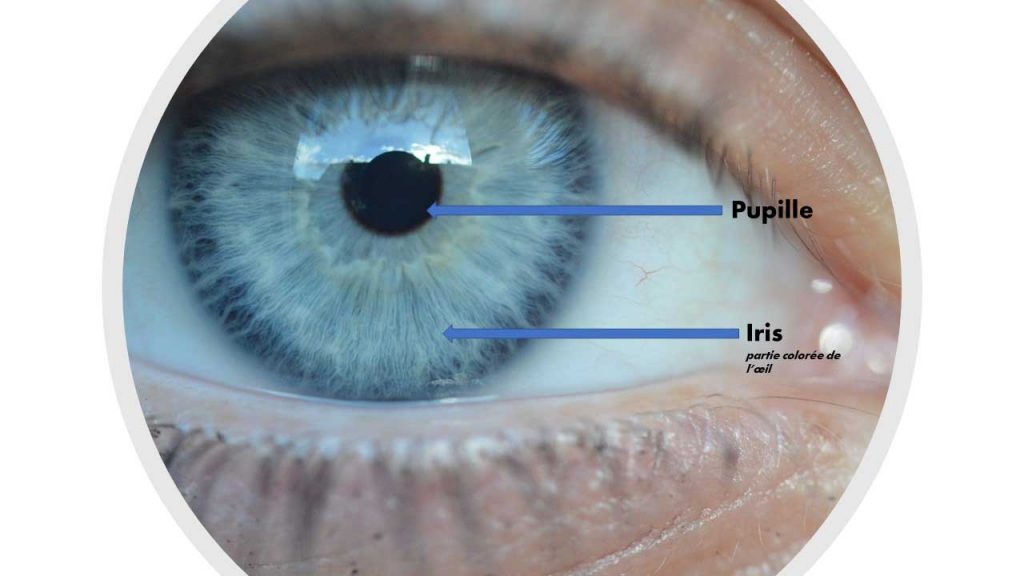



Qu Est Ce Que L Anisocorie 24h24 Medecins
Anisocoria in cats is characterized by unequal pupil sizes, particularly if one pupil is constricted while the other pupil is dilatedThe cause for the condition can be due to nervous system problems, infections, cancer, inflammation and eye trauma To learn more about Anisocoria in cats, read onAnisocorie chez l'enfant Mon enfant a deux ans et, dès ses premiers mois, nous nous sommes rendus compte que, lorsque la lumière est basse, il a la pupille d'un œil qui se dilate plus que l'autre Par contre, lorsque la lumière ambiante est normale ou élevée, ce phénomène disparaît et les deux pupilles ont la même taille Sangrado en el interior del cráneo causado por traumatismo craneal Tumor cerebral o absceso (como la lesión pontina) Presión excesiva en un ojo causada por glaucoma Aumento de la presión intracraneal debido a hinchazón del cerebro, hemorragia intracraneal, accidente cerebrovascular (ataque cerebral) agudo o tumor intracraneal




L Anisocorie Chez Le Bebe Et Jeune Enfant Dans Ma Tribu



Deborah Et Alberic 25 09 09
In other words one pupil is larger than the other Anisocoria is a sign of an underlying disease condition, therefore there are several different causes Your veterinarian will begin by conducting a physical examination of your dog, including a detailed examination of the structures of the eyeKellogg Eye Center Anisocoria 2 Disclaimer This document contains information and/or instructional materials developed by the University of Michigan Health System (UMHS) for the typical patient with your conditionMany cases of moderate anisocoria are normal and do not have any underlying pathology or history of injury Usually, these cases of anisocoria where one pupil is bigger than the other by less than 10 mm without any apparent cause are called basic anisocoria, benign anisocoria or
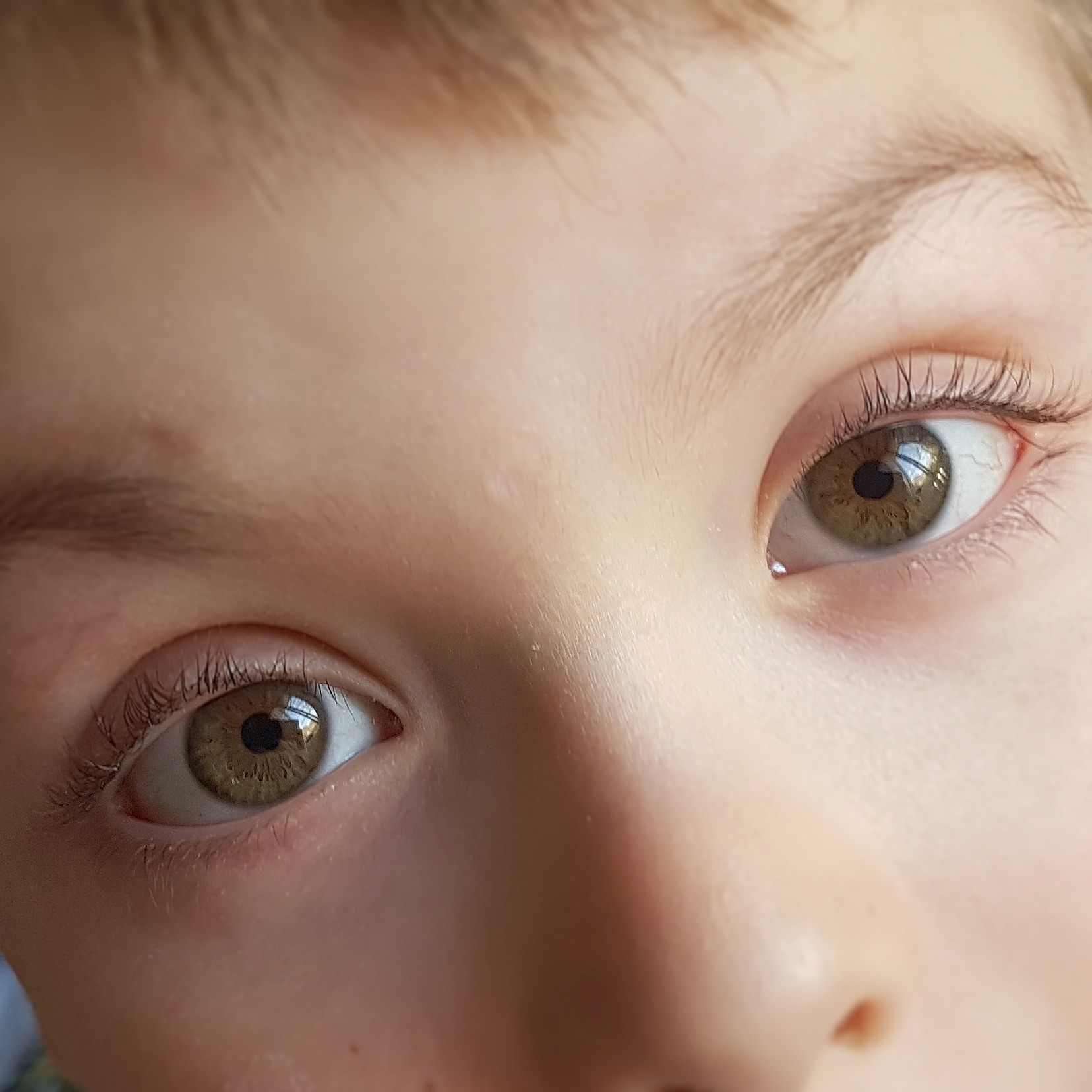



Bebe 4 Mois Yeux Gris Vert




La Couleur Des Yeux En Biologie De L Iris A La Sclere Le Pangolin
Anisocoria causes Generally, anisocoria is caused by impaired dilation (a sympathetic response) or impaired constriction (a parasympathetic response) of pupils An injury or lesion in either pathway may result in changes in pupil size The use of eye drops is aChapter 18 Anisocoria "One of my child's pupils is larger than the other" Mild (Or a recommendation for a specific test, doctor, care provider, procedure, treatment plan, product, or




Anisocorie




Les Principales Causes De L Anisocorie
Posted Not really Basically, anisocoria can mean either something really horrible, or nothing in particular Solo is still kicking around just fine, so we're going with the "idiopathic" (meaning, "we don't know why") explanation I'm personally pretty sure it was due to the chemicals on my handsAnisocoria, Page 4 Adie Pupil is another type of pupil that is large and constricts poorly in light Adie Pupil An eye with an Adie pupil initially has difficulty focusing onTvpjournalcom January/February 16 TODAY'S VETERINARY PRACTICE OBSERVATIONS IN OPHTHALMOLOGY Peer Reviewed 77 Anisocoria is defi ned as pupil asymmetry,



Anisocorie Chez L Enfant Bebes Et Mamans



Www Cahiers Ophtalmologie Fr Media 5baca144d01a5577ae5352a863 Pdf
Anisocoria is a condition in which the pupils of the eyes are different sizes;Horner's syndrome is caused by injury to the sympathetic nerves that are located in the brain, neck, or upper chest on the same side as the smaller pupil Horner's syndrome can be divided into congenital (occurring in the first 4 weeks of life) and acquired cases Congenital Horner's can result from neck/shoulder trauma during birth andL'anisocorie est inégalité de la taille de la pupille La pupille est la partie noire au centre de l'œil Il devient plus grand dans la pénombre et petit en pleine lumière Causes Symptomes Traitement pronostic Prà  à ©vention Terme Maladie




La Difference Entre Les Yeux Rouges Et Les Yeux Rouges L Importance De Reconnaitre Les Symptomes Pharmamarket



Www Cahiers Ophtalmologie Fr Media 5baca144d01a5577ae5352a863 Pdf
Anisocoria ani″sokor´eah inequality in size of the pupils of the eyesListe des maladies oculaires, de leurs symptômes et de leur traitement Les maladies oculaires sont dangereuses pour une personne à tout âge Les pathologies infantiles sont souvent associées à l'hérédité, et chez les adultes Anisocoria, or unequal pupil sizes, is a common condition The varied causes have implications ranging from benign to lifethreatening, and a clinically guided history and examination is the first step in establishing a diagnosis The causes of anisocoria are varied, and relate to alterations of the autonomic nervous system and/or the iris




Aniscorie Quand Les Pupilles N Ont Pas La Meme Taille



Www Cahiers Ophtalmologie Fr Media 5baca144d01a5577ae5352a863 Pdf
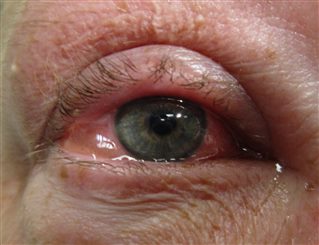



Myosis Symptomes Traitement Definition Docteurclic Com



Q Tbn And9gctyilrgdwscrltyyyqyevj2ecthmr0j8ednsumjnv0 Usqp Cau




Plagiocephalie Deformations Consequences Et Prise En Charge
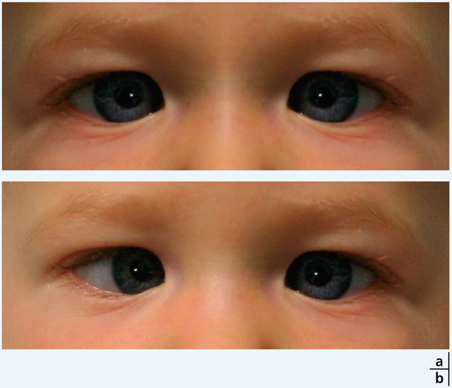



Rapport Sfo Strabisme
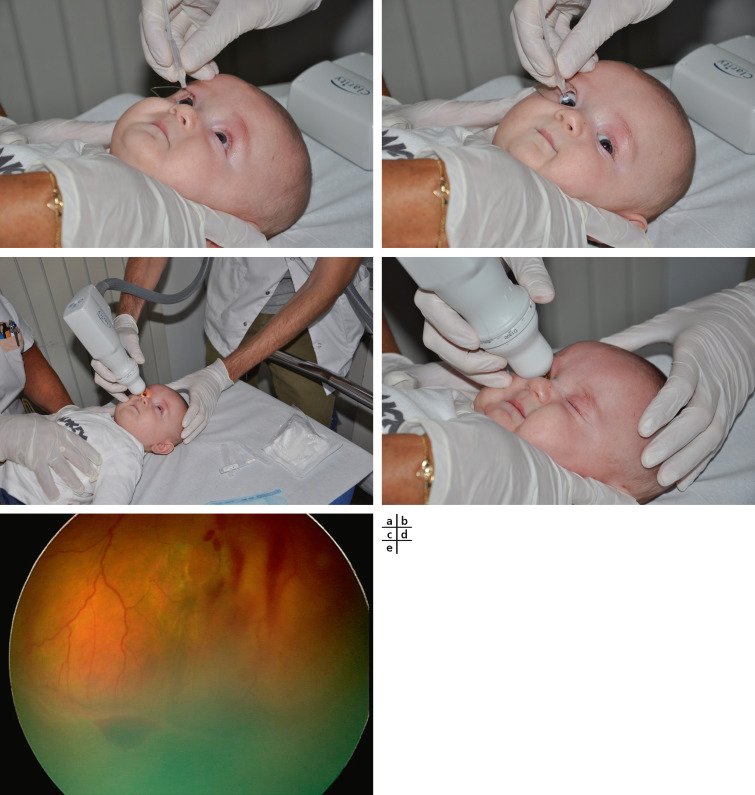



Rapport Sfo 17 Ophtalmologie Pediatrique




Ce Qui Determine La Couleur Des Yeux




Examen Et Semiologie Ophtalmologiques Du Nourrisson Sciencedirect



Anisocorie Chez Le Bebe Bebes Et Mamans




Neuro Ophtalmologie Chez L Enfant Specificite Et Erreurs Realites Ophtalmologiques




Rapport Sfo Strabisme
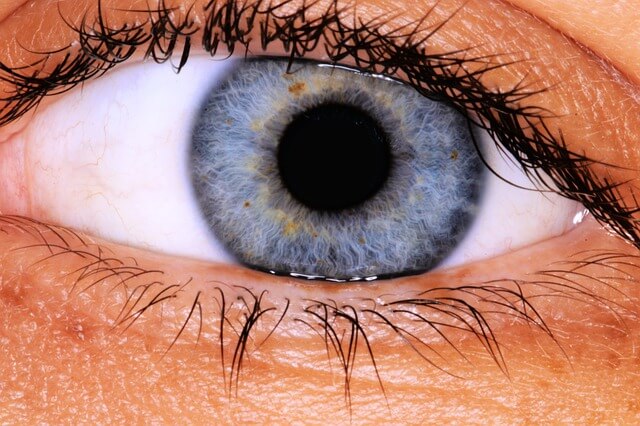



Quels Sont Les Causes Et Symptomes De La Mydriase 24h24 Medecins




Ro 236 Nov 16 By Performances Medicales Issuu




Mydriase Causes Et Traitement Des Pupilles Dilatees Medical 21




Bebe 4 Mois Yeux Gris Vert



Amisdesaveugles Org Images Sitefr Edit Actualites Symposium Aspects epidemiologiques Pdf




Epicantus Qu Est Ce Que C Est Et Comment Survient Il Area Oftalmologica Avanzada



Http Www Pedworld Ch Entree Ophtalmologie 14 Cours ophtalmologie H C3 B4pital julles gonin Pupils Ophta Pdf
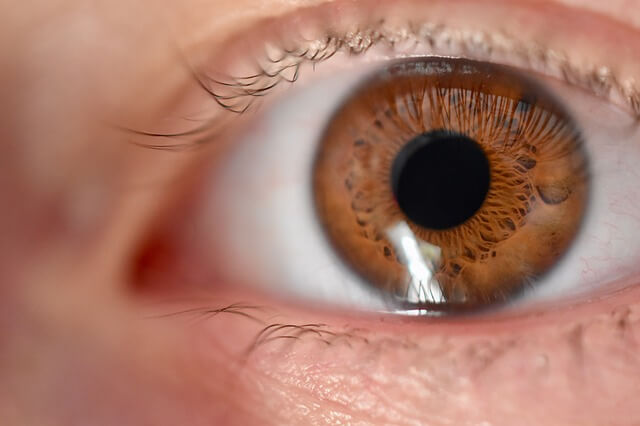



Quels Sont Les Causes Et Symptomes De La Mydriase 24h24 Medecins




Yeux Vairons Heterochromie Definition Causes Pourcentage Cas Connus Sante Magazine
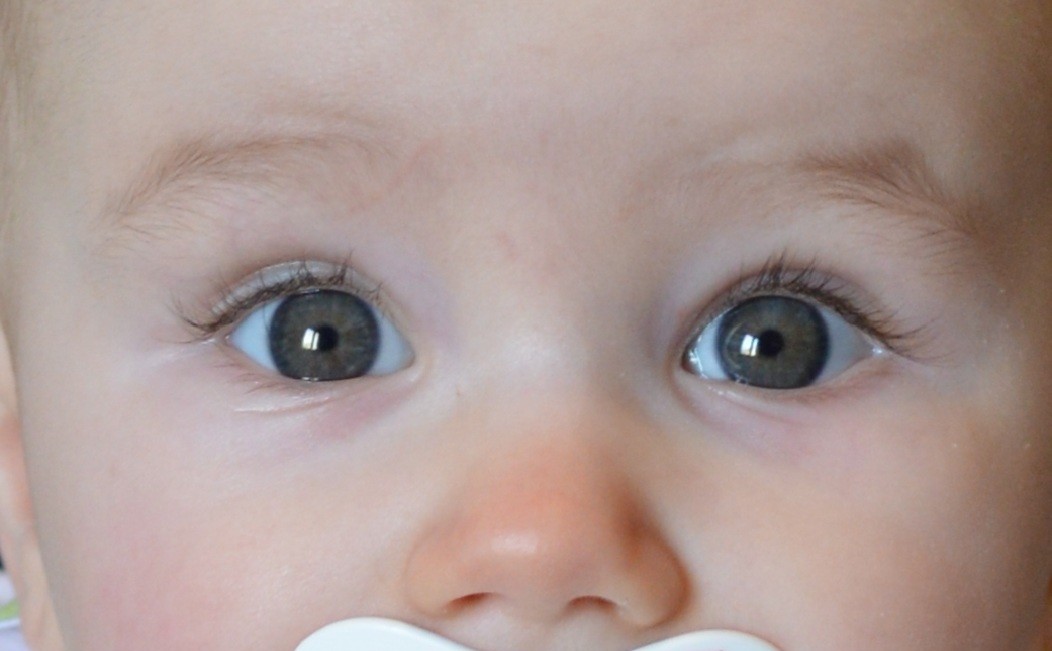



Bebe 4 Mois Yeux Gris Vert




Glaucome Congenital Symptomes Diagnostic Traitement




Examen Et Semiologie Ophtalmologiques Du Nourrisson Sciencedirect



1
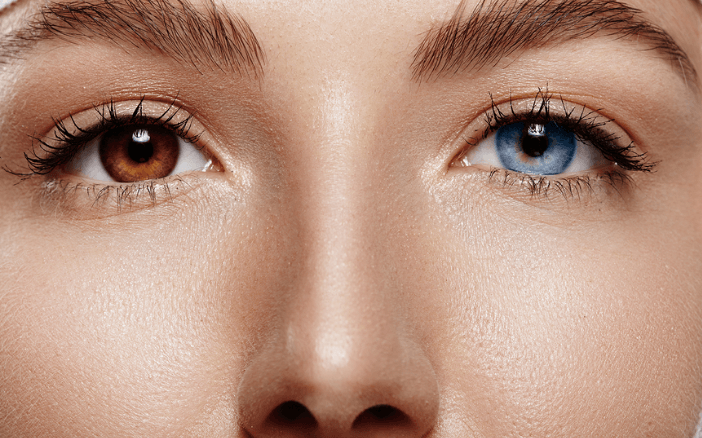



Heterochromie Ou Yeux Vairons Icr Centre Ophthalmologique



Q Tbn And9gct9w5jziw1b3qa Cdnbvlywxwhjpcewmk6smc Yh Acdxtbry1v Usqp Cau




Anisocorie Causes Et Pathologies Ooreka



Amisdesaveugles Org Images Sitefr Edit Actualites Symposium Aspects epidemiologiques Pdf
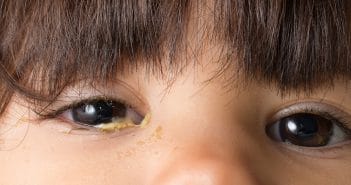



Sauer A Auteur A Realites Ophtalmologiques



Www Cahiers Ophtalmologie Fr Media 5baca144d01a5577ae5352a863 Pdf



Deborah Et Alberic 25 09 09




Miss Chat Dans Ma Tribu



Www Cahiers Ophtalmologie Fr Media 5baca144d01a5577ae5352a863 Pdf



Www Amub Be Revue Medicale Bruxelles Download 80
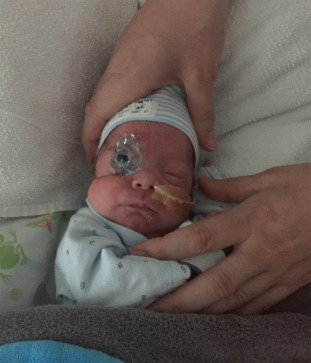



Rapport Sfo 17 Ophtalmologie Pediatrique




La Couleur Des Yeux En Biologie De L Iris A La Sclere Le Pangolin



Http Association Gens Free Fr Neurologia Emc neurologie 4 semiologie generale Pathologie pupillaire emc Pdf




Ce Qui Determine La Couleur Des Yeux



Amisdesaveugles Org Images Sitefr Edit Actualites Symposium Aspects epidemiologiques Pdf



Www Cahiers Ophtalmologie Fr Media 5baca144d01a5577ae5352a863 Pdf
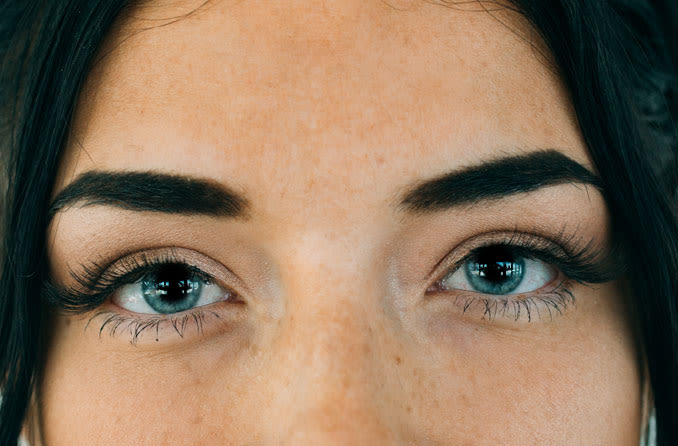



Les Pupilles Dilatees Causes Et Traitements



Amisdesaveugles Org Images Sitefr Edit Actualites Symposium Aspects epidemiologiques Pdf
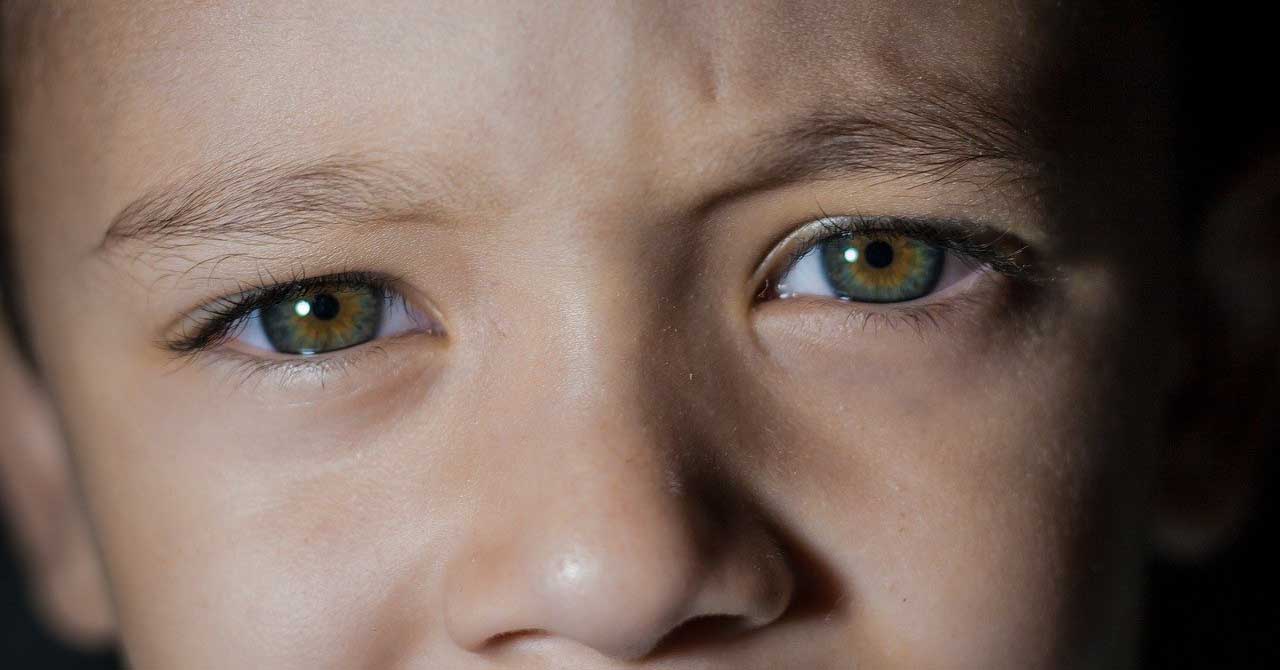



Qu Est Ce Que L Anisocorie 24h24 Medecins



Nanopdf Com Download Diapo 8 Pdf



Amisdesaveugles Org Images Sitefr Edit Actualites Symposium Aspects epidemiologiques Pdf




Bebe 4 Mois Yeux Gris Vert



Www Amub Be Revue Medicale Bruxelles Download 80




Ptosis Chez Un Enfant De 3 Ans Un Diagnostic Rare Et Complexe La Myasthenie Juvenile Mon Oeil



Les Anomalies De La Pupille Mediris



Amisdesaveugles Org Images Sitefr Edit Actualites Symposium Aspects epidemiologiques Pdf




Qu Est Ce Que Anisocory Area Oftalmologica Avanzada



Http Www Jle Com En Revues Mtp E Docs Ptosis Congenital Que Faire Article Phtml Tab Download Pj Key Doc Attach




Ce Qui Determine La Couleur Des Yeux
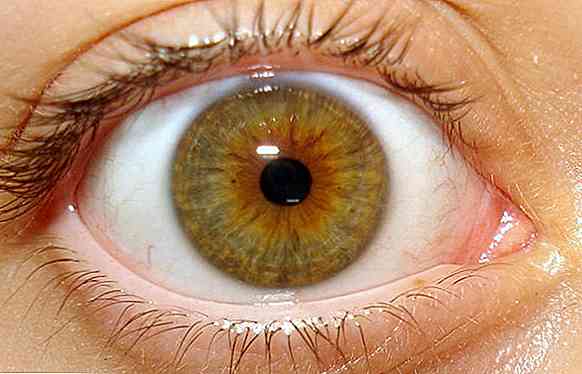



Qu Est Ce Que Le Myosis Thpanorama Deviens Mieux Maintenant
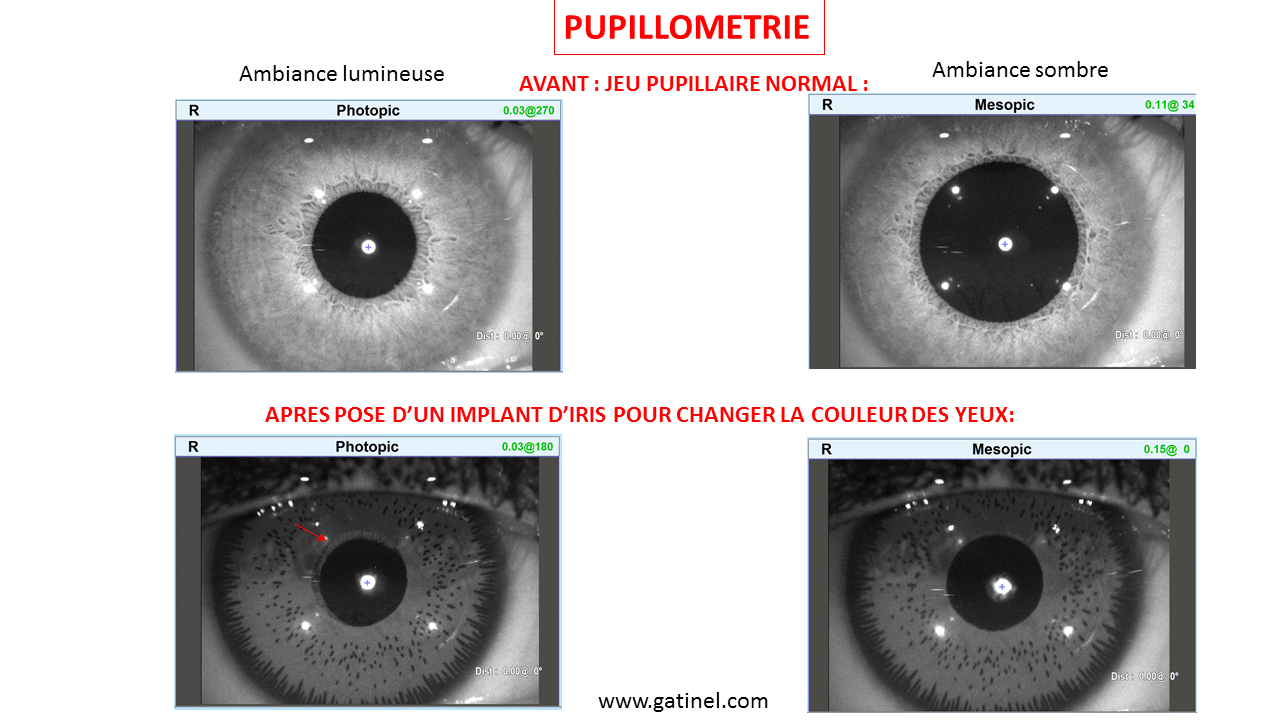



Iris Et Couleur Des Yeux Docteur Damien Gatinel




Bebe 4 Mois Yeux Gris Vert




Anisocorie
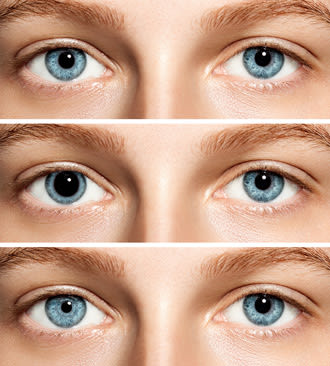



Anisocorie Difference De Taille Entre Les Pupilles La Bonne Vue By All About Vision




L Anisocorie Un Symptome D Autres Maladies
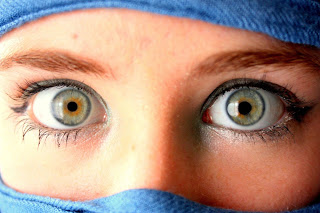



L Anisocorie Est Ce Grave Docteur Curyeux Optometriste




Question Reponse Mesdocteurs Com Pupilles De Tailles Differentes



A Ni So Quoi Nous Quatre




Bebe 4 Mois Yeux Gris Vert
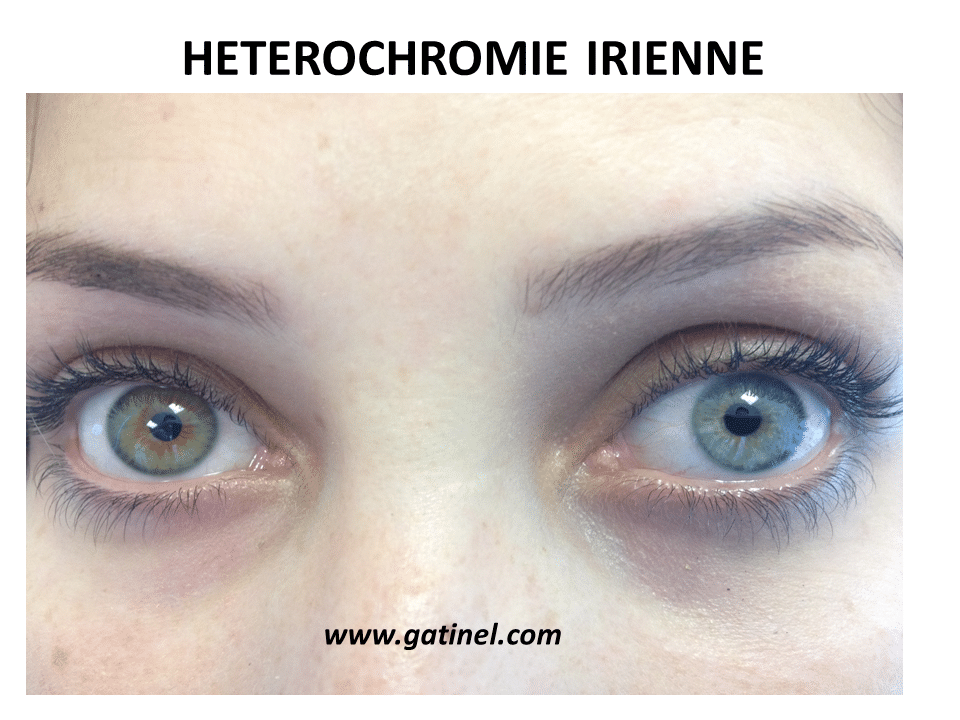



Iris Et Couleur Des Yeux Docteur Damien Gatinel



Http Bibnum Univ Lyon1 Fr Nuxeo Nxfile Default 8cf9a170 24c2 4b24 6d Ff706b Blobholder 0 Mor 15 Sacre cindy Pdf




Rapport Sfo 17 Ophtalmologie Pediatrique



Deborah Et Alberic 25 09 09




Anisocorie Troubles Oculaires Edition Professionnelle Du Manuel Msd



Http Association Gens Free Fr Neurologia Emc neurologie 4 semiologie generale Pathologie pupillaire emc Pdf




Qu Est Ce Que La Pupila Area Oftalmologica Avanzada



Article Medicale Tunisie Article Medicale




L Anisocorie Chez Le Bebe Et Jeune Enfant Dans Ma Tribu
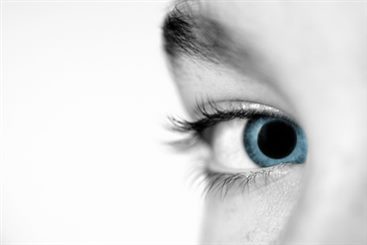



Myosis Symptomes Traitement Definition Docteurclic Com




Conduite A Tenir Devant Une Anisocorie De L Enfant Realites Ophtalmologiques




Evolution De Mon Bebe De 10 12 Mois Dans Ma Tribu



Deborah Et Alberic 25 09 09



Http Www Amiform Com Document depistage individuel Diaporamas Depistage Troubles Visuels Pdf




Anisocorie Wikipedia



1



No comments:
Post a Comment